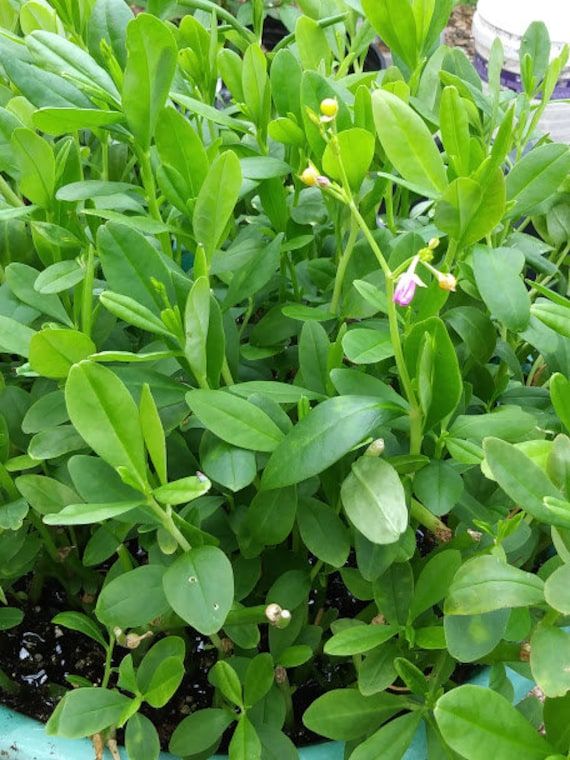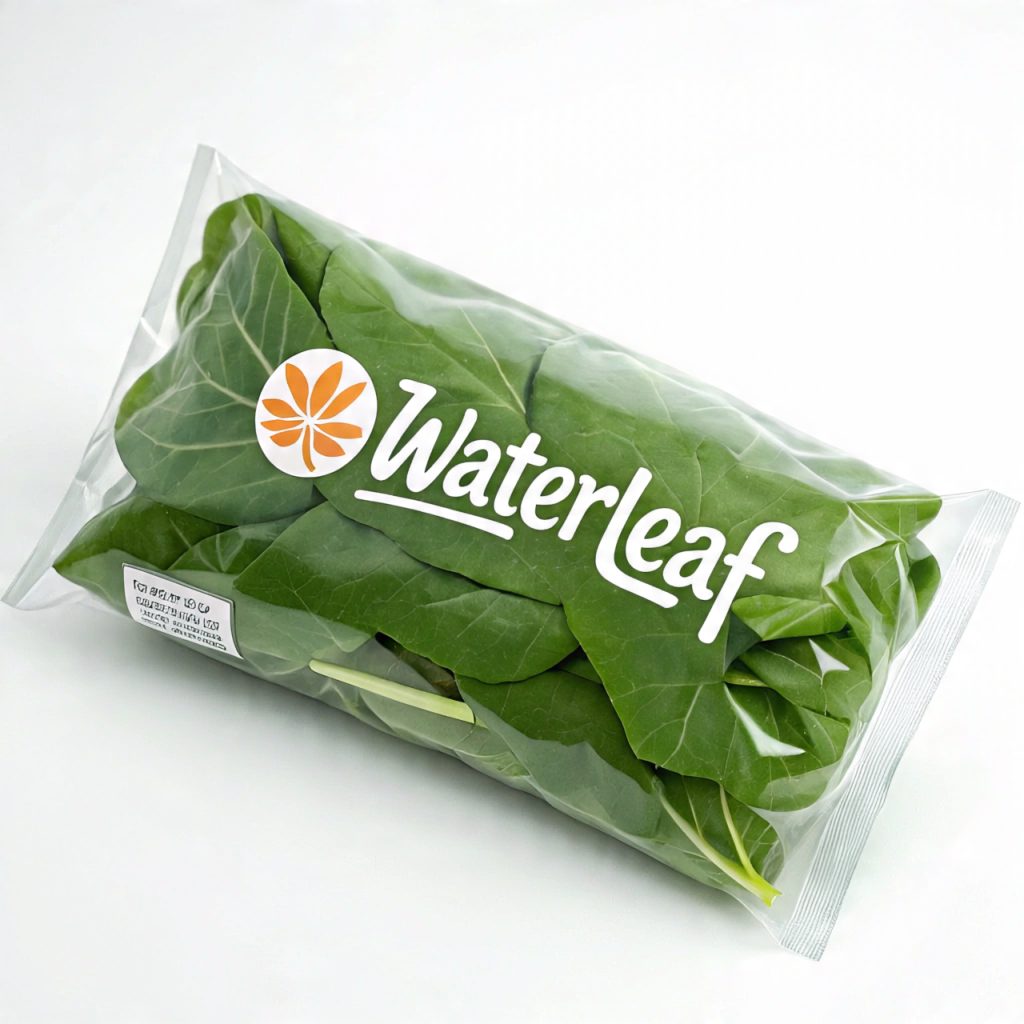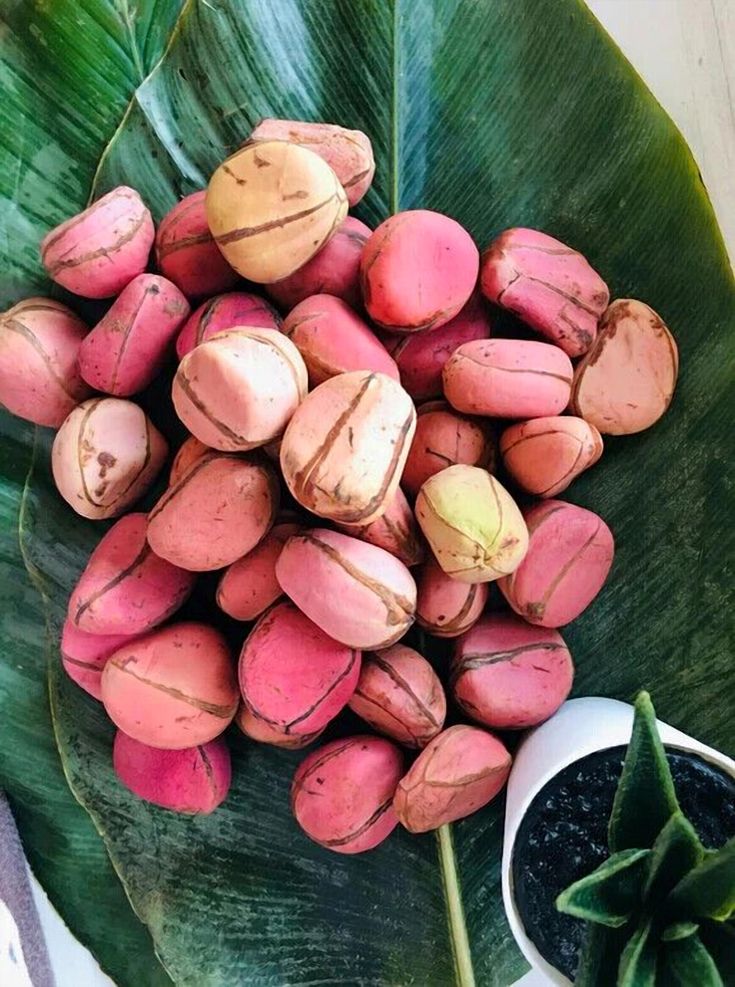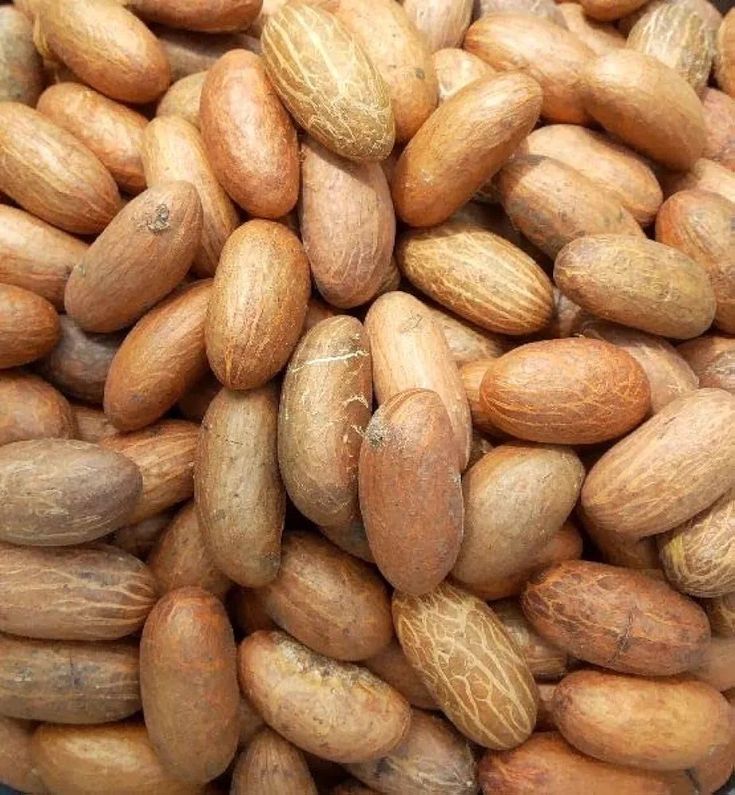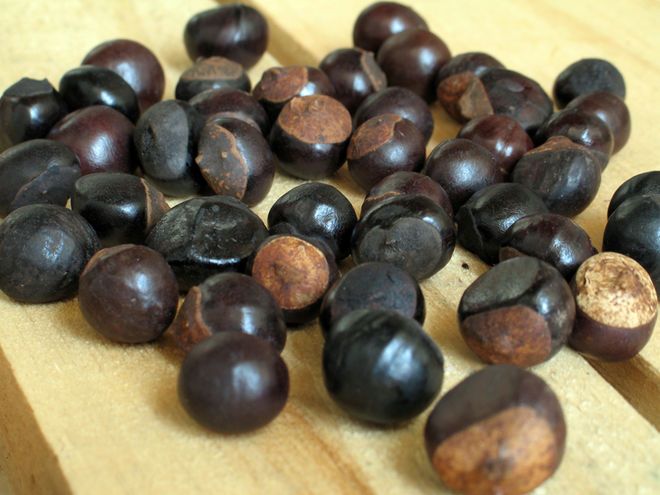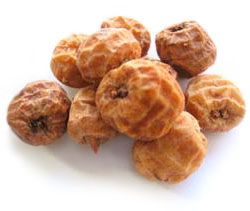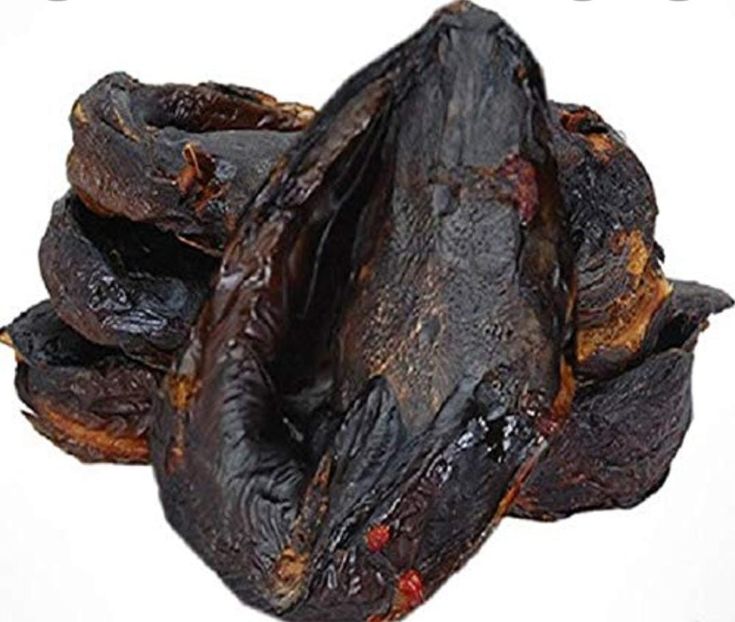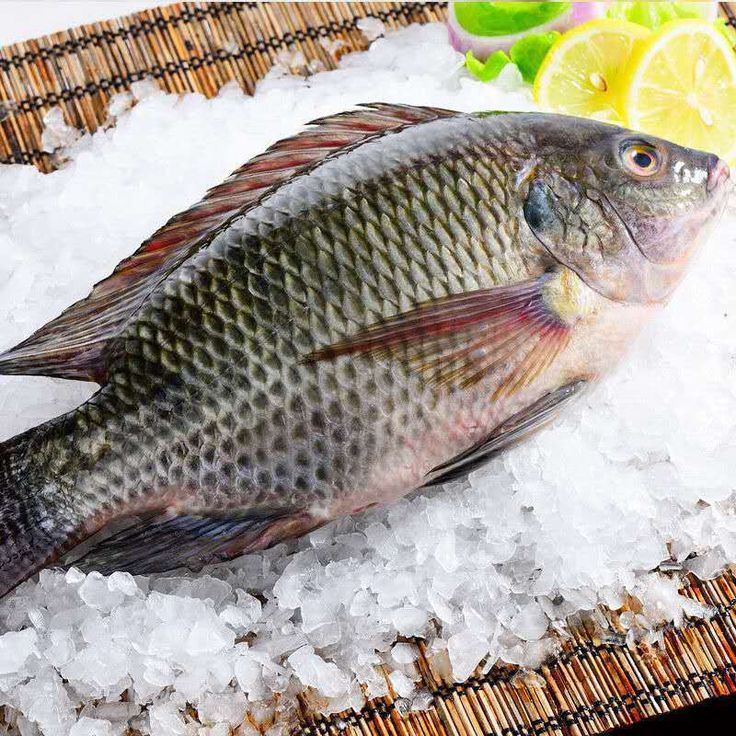What It Is
Waterleaf (Talinum triangulare) is a leafy green vegetable native to West Africa, widely cultivated in Nigeria for its high nutritional value and culinary uses. Known for its succulent stems and slightly tangy leaves, waterleaf is a vital component of many traditional Nigerian soups and stews.
Export Form
-
Fresh Waterleaf (properly packed to retain moisture)
-
Dried Waterleaf (sun-dried or oven-dried to reduce spoilage during shipment)
Packaging
-
Fresh Waterleaf: Packed in food-grade perforated polythene bags, lined cartons, or ventilated crates (5kg–10kg per package)
-
Dried Waterleaf: Packed in moisture-proof, vacuum-sealed, or double-layered polyethylene bags (5kg–25kg bags)
Shelf Life
-
Fresh: 5–7 days (under cold chain storage conditions)
-
Dried: 6–12 months (stored in a cool, dry environment)
Health Benefits
-
Rich in vitamins A and C, calcium, and iron
-
Contains antioxidants and dietary fiber
-
Aids digestion, promotes heart health, and supports blood sugar control
Common Uses
-
Ingredient in Nigerian soups such as Edikang Ikong, Afang, and Vegetable Soup
-
Cooked with Egusi or Ogbono to add volume and nutrition
-
Sometimes juiced or used in herbal medicine
Target Export Markets
-
United Kingdom
-
United States
-
Canada
-
Germany
-
Netherlands
-
Other European countries with high African diaspora populations
Export Requirements
-
Phytosanitary certificate
-
Plant health inspection report
-
Proper sorting, cleaning, and grading
-
Compliance with destination country’s food safety and import regulations
HS Code
-
0709.99.90.00 – Other fresh or chilled vegetables (can vary slightly by region)
Export Tips
-
Use cold chain logistics to preserve freshness during air shipment
-
Ensure products are free from soil, pests, and diseases
-
Partner with reputable agro-export logistics providers to manage clearance and delivery

